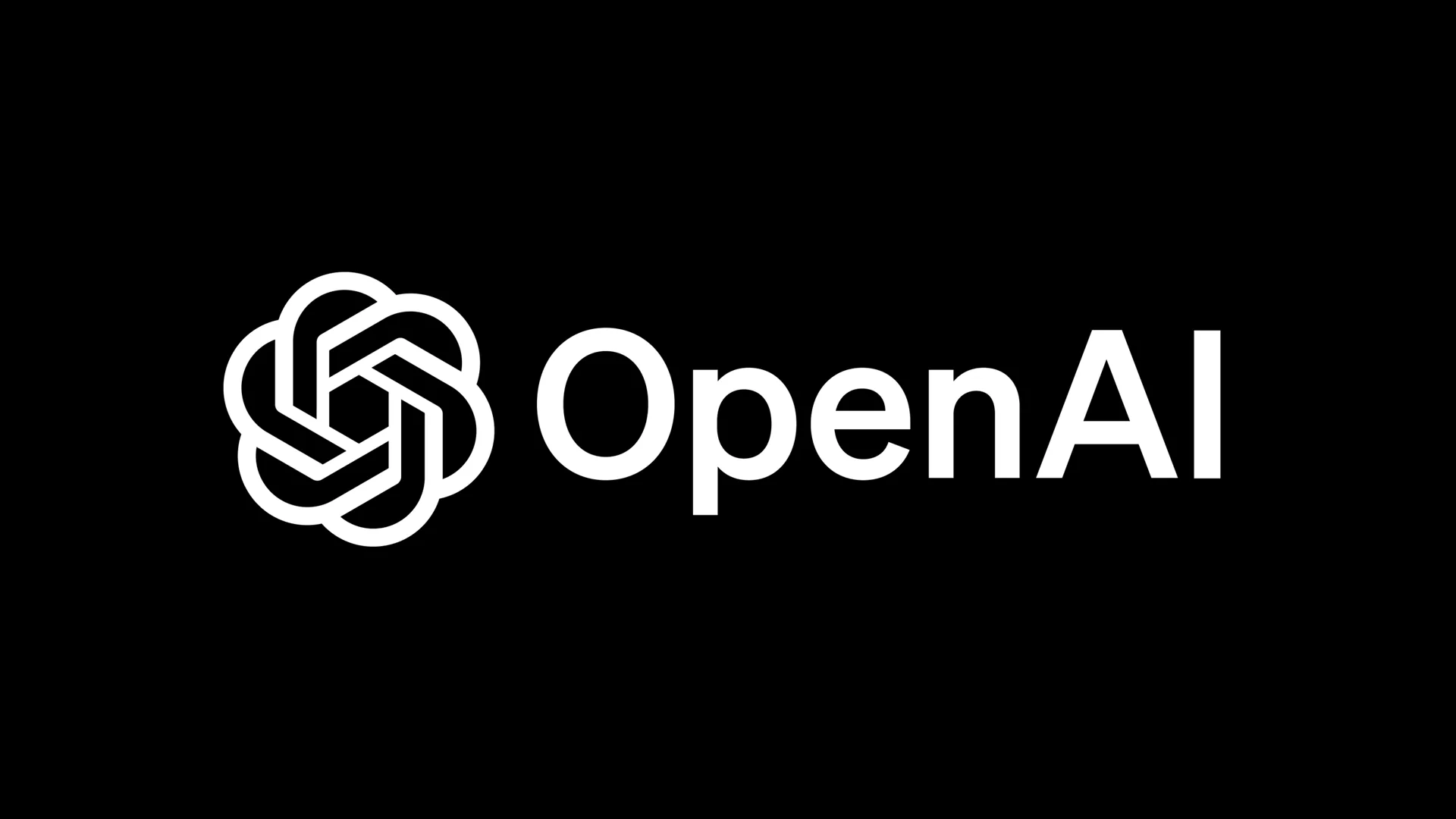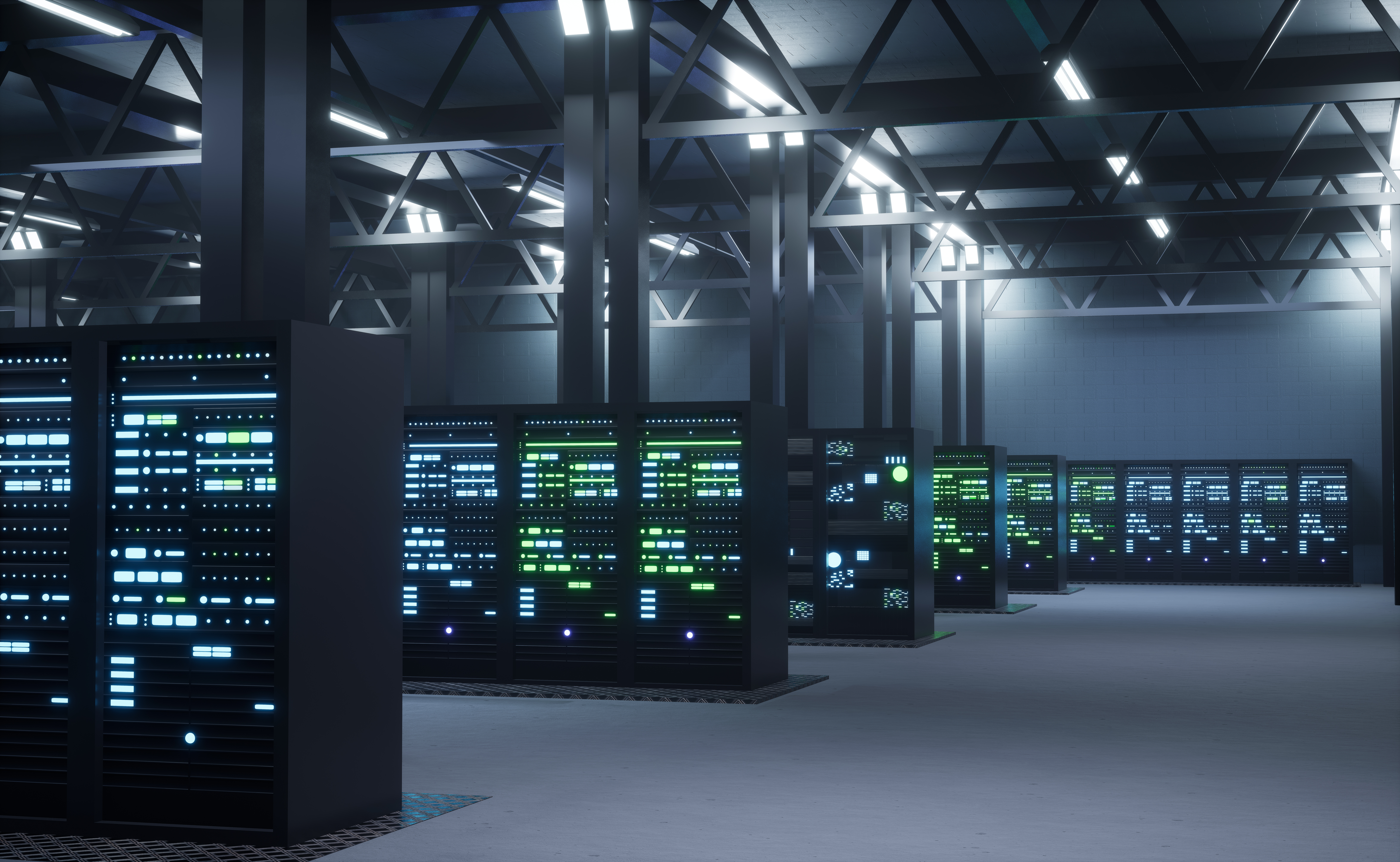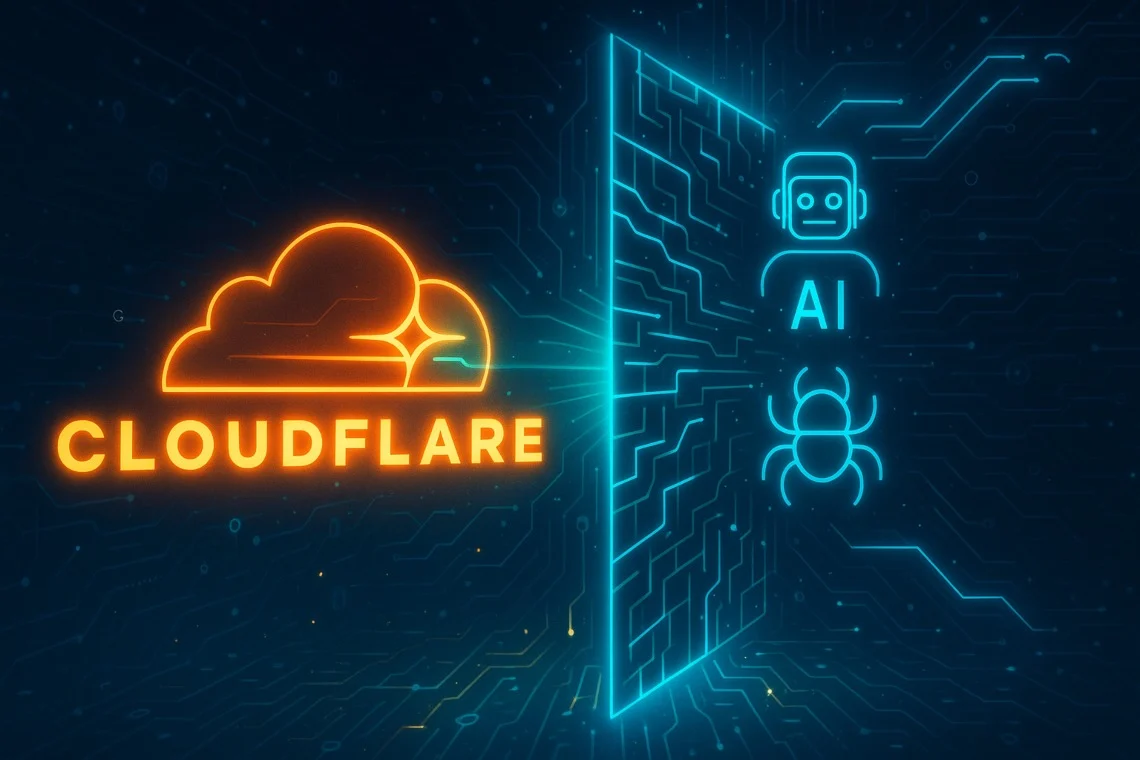The Federal Reserve has signalled a shift towards decentralised finance, with Governor Waller saying the central bank now welcomes crypto innovators into mainstream payments.
Speaking at the Payments Innovation Conference on 21 October, Waller said the Fed intends to play an active role in the ongoing technology-driven transformation of the financial system.
Waller highlighted how stablecoins, tokenised assets, and AI are reshaping the payments landscape. He said private firms drive innovation but added that public institutions like the Fed must adapt to support evolving financial systems.
The governor said the central bank is exploring how tokenisation, smart contracts, and AI could enhance its own systems and foster closer dialogue with industry innovators.
In a significant policy proposal, Waller revealed that the Fed is studying a new type of ‘payment account’ for legally eligible institutions. The concept would provide streamlined access to Federal Reserve payment rails for fintech and crypto firms without requiring a full master account.
Such accounts would operate under tighter controls, including balance caps, no interest payments, and no overdraft privileges, allowing faster review times while maintaining system safety.
Waller said the payments revolution is underway and urged collaboration between traditional finance and emerging digital sectors. He called the event a turning point for Fed–innovator relations, noting that crypto and distributed ledgers are now part of modern payments.
Would you like to learn more about AI, tech and digital diplomacy? If so, ask our Diplo chatbot!










